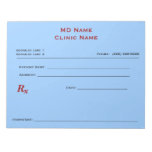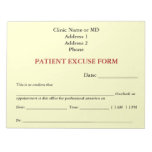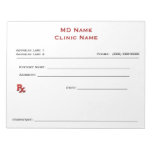One of the biggest worries of a married couple where one spouse needs to go into a nursing home is that the spouse who is still at home will become impoverished in order to pay their partner’s bills.
While it is true that the nursing home spouse may not have more than $2,000 in countable assets in order to receive Medicaid benefits, federal law permits the so-called “Community Spouse” to retain up to $115,920 in countable assets (cash, stocks, bonds, real estate in addition to the home, etc.). (Discover which Assets You Can Have to Still Qualify for Medicaid.)
In most states the Community Spouse may only protect 50 percent of the total countable assets of both spouses, up to $115,920. In other words, all countable assets—no matter whether titled in the husband’s name, wife’s name, or jointly—are totaled up and then divided by two.
The Community Spouse is then permitted to keep one-half of the total, up to $115,920. The other half—minus the $2,000 exemption allowed the nursing home spouse—must be “spent down” or otherwise disposed of, or converted to something that is non-countable.
The ’50 percent rule’in action
For example, consider a couple with a house, car, personal property in and around the house, jewelry, cash in the bank, and maybe an IRA or 401(k).
First of all, the house will be exempt no matter its value, as long as the Community Spouse is living there. One car of any value is also exempt, as is all personal property and jewelry. However, the cash and retirement accounts are countable (although there are a few states that exempt an individual’s retirement accounts once they are paying out the minimum amount required under federal tax laws). If that cash and the retirement assets total, say, $200,000, then the Community Spouse can protect only $100,000 (50 percent). If it totaled $300,000, though, the Community Spouse can protect the full $115,920, even though that is less than 50 percent of $300,000.
Exceptions to the rule
For couples who have very few assets, the “50 percent rule” will allow the Community Spouse to protect the first $23,184, even if that’s more than 50 percent of the couple’s total assets.
Some states do not follow the above “50 percent rule.” These states simply allow the Community Spouse to retain the first $115,920, even if that is more than half of the total assets of the couple.
Currently, these states are AK, CA, CO, FL, GA, HI, IL, LA, ME, MA, MI, VT, and WY (SC reduces the maximum to $66,480).
Once the protected amount is determined, the real work begins: how can you protect the extra assets so they are not merely spent down on the monthly nursing home bill?
This is what is known today as “Medicaid planning,” and it can get quite complicated. There are many options to protect the excess assets, such as investing in exempt real estate, purchasing a “Medicaid annuity,” using Medicaid's "Cash and Counseling" program to hire a family member for caregiver services, transferring money to a disabled child, using specialized trusts, etc.
Be aware that spending down to Medicaid is tricky. You cannot simply give excess assets to a child (unless they are considered disabled under federal law) or another family member without incurring a penalty period of disqualification from Medicaid coverage: the greater the gift, the longer the penalty period. The exact calculation varies from state to state, but all gifts made within the five-year period before the date you apply for Medicaid will count against you.
 Product Catalog
Product Catalog
 Gift Shop
Gift Shop

Dementia Signage for the Home
Get $10 OFF Orders of $30 or More!Enter CHEATWALLETS at Checkout
Ends Friday










No comments:
Post a Comment